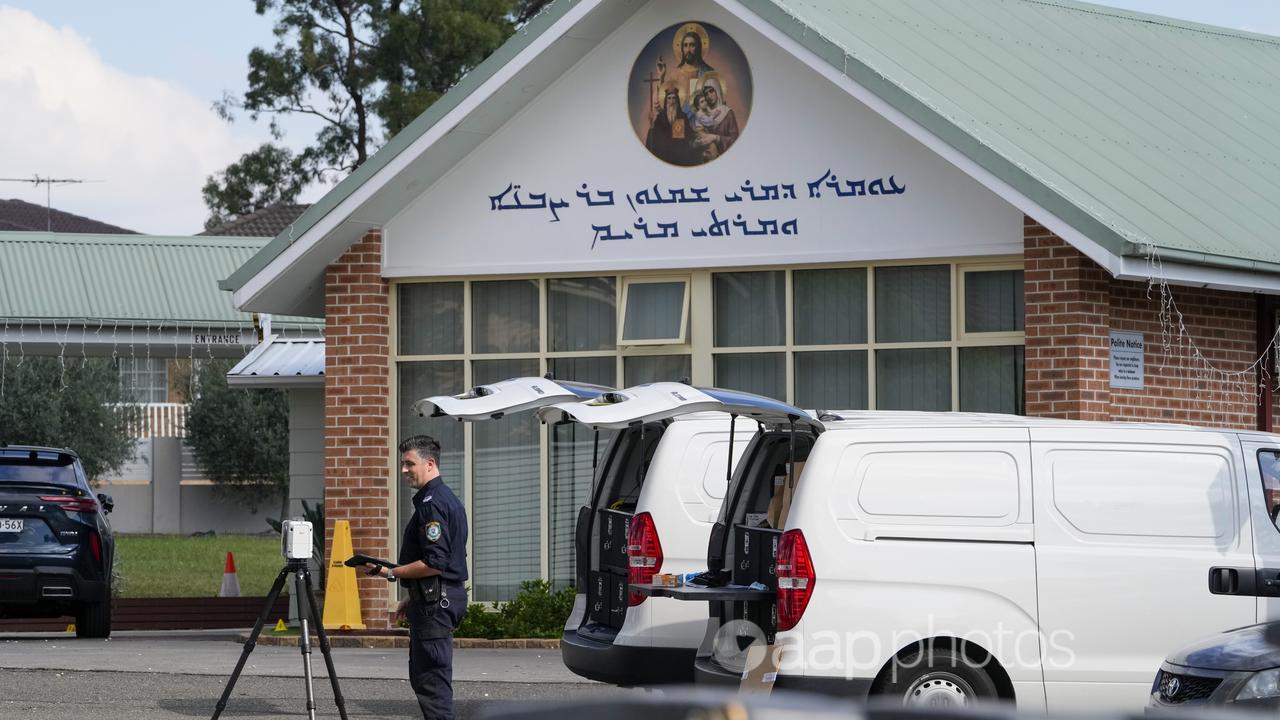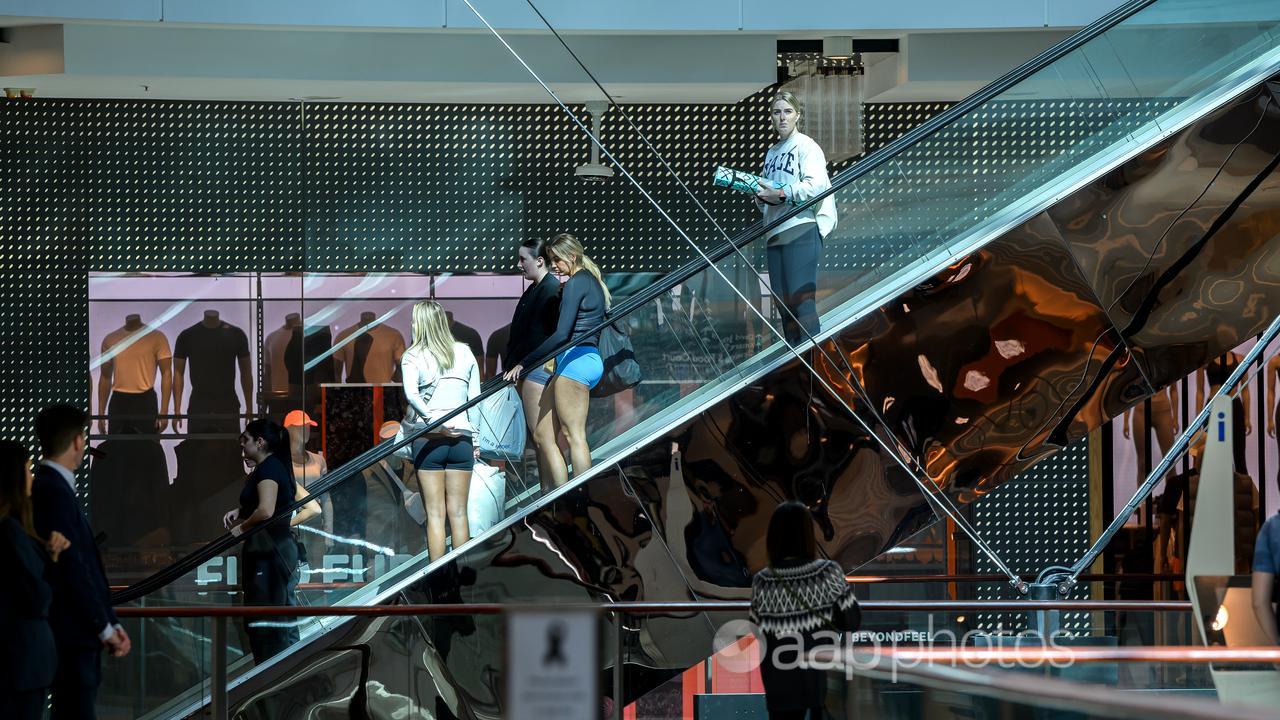The Statement
The 2019 novel coronavirus has triggered multiple false and misleading claims about the origins of the disease outbreak across social media. A new claim is that the potentially deadly infection is a “man-made” combination of parts of the HIV-1 virus and the SARS virus.
A post on a Facebook page, Ross Walter Nutritionist & Naturopath, on February 3, 2020, claims a “Wuhan laboratory involved in experimenting with the SARS coronavirus” has created 2019-nCoV and that it “was either accidently [sic] or deliberately released”.
The lengthy post refers to a paper published in 2020 as supporting the claim that “the new novel coronavirus is MAN-MADE”.
An image attached to the post reads “Confirmed: the coronavirus was man-made! SARS + HIV = coronavirus”.
The post has been viewed on Facebook more than 36,000 times, has been shared at least 350 times times and has attracted more than 200 reactions and 160 comments.

The Analysis
After emerging in the Chinese city of Wuhan in December, 2019, the novel coronavirus was officially confirmed as a new strain of coronavirus in January 2020.
Coronaviruses are a large family of viruses that range from the common cold to serious infections such as Severe Acute Respiratory Syndrome (SARS) and Middle East Respiratory Syndrome (MERS), according to the World Health Organisation (WHO).
The post on the Ross Walter Nutritionist & Naturopath Facebook page claims that the Wuhan Institute of Virology, a biosafety laboratory in Wuhan province, “appear to have created this new coronavirus by playing with its genetics”.
There have been numerous online claims that the Wuhan Institute of Virology is connected to the coronavirus outbreak. Those claims seem to be based on a January story on a US non-mainstream news site. However there is no evidence that suggests the 2019 novel coronavirus was made in a lab and the expert quoted in the story states: “there isn’t evidence or indication” of a virus escaping the Wuhan Institute of Virology.
The Facebook post refers to a 2010 scientific study by researchers at the Wuhan Institute of Virology, Australia’s CSIRO and the University of Minnesota Medical School in the United States. The study found bats “may be candidates as the natural host” of the SARS coronavirus.
The post states: “Remember in the early days of the new novel coronavirus, that it was suggested in the media that bats may have been involved!”.
However the link between bats and viruses, including coronaviruses such as MERS and SARS, has been documented before and since the 2010 study.
A 2013 study published by The Royal Society, the United Kingdom’s national science academy, found bats host more than 61 viruses infectious to humans.
A 2006 American Society for Microbiology study stated “the virus responsible for the 2002-to-2003 outbreak most likely originated from this group of bat-associated viruses”. The “2002 to 2003 outbreak” refers to SARS, which affected 26 countries in that period.
And a January 2019 paper also examined how bats are able to harbour many types of coronavirus.
The post then refers to a paper published on January 31, 2020, on bioRxiv, a website that makes unpublished,unedited and non-peer-reviewed life sciences studies available.
The study, which was withdrawn within days of being posted following criticism of its scientific research methods, claimed to have found four “insertions” of amino acids – the building blocks of proteins – “which are unique to the 2019-nCoV” that all have “identity or similarity” to those found in two strains of the HIV-1 virus.
University of New South Wales microbiology expert Professor Peter White described the study as “complete nonsense”.
Prof White said the study’s analysis was flawed because the matches between the two viruses were just random matches of “very short sequences of the entire 10,000 long amino acid sequence of the 2019 novel coronavirus.”
“The first flaw is that they didn’t validate their method, and when sought to show HIV compares with the novel coronavirus, they got a positive result.
“Any other virus (of the more than many thousands we know exist) would have produced a similar result.”
The post also says that the paper claimed the four HIV sequences in 2019-nCoV “would not be possible in nature,” and says “Hence the new novel coronavirus is MAN-MADE”.
But the paper does not state that the sequences are “not possible”. In the abstract the authors state: “The finding of 4 unique inserts in the 2019-nCoV, all of which have identity / similarity to amino acid residues in key structural proteins of HIV-1 is unlikely to be fortuitous in nature.”
Asked if insertions meant human intervention, Prof White said it did not and that an “insertion” of a new segment “could easily happen by mutation in nature”.
The withdrawn paper made no claim that the virus was man-made.
The bioRxiv website has placed a warning on new coronavirus-related research papers stating that “these are preliminary reports that have not been peer-reviewed” and “should not be regarded as conclusive, guide clinical practice / health-related behaviour, or be reported in news media as established information”.
The Verdict
Based on the evidence, AAP FactCheck found the Facebook post to be false. There is no scientific evidence that the 2019 novel coronavirus is a combination of the SARS and HIV – 1 viruses and there is also no evidence that it was man-made or created in the Wuhan Institute of Virology.
False – The primary claims of the content are factually inaccurate.
* AAP FactCheck is an accredited member of the International Fact-Checking Network. To keep up with our latest fact checks, follow us on Facebook, Twitter and Instagram.
First published February 5, 2020, 16:03 AEDT


















